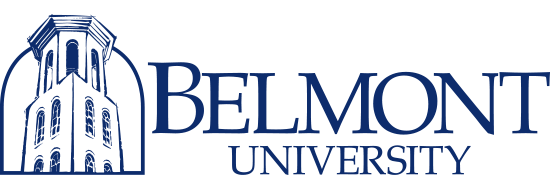Publication Date
5-1-2020
Abstract
The undeniable relationship between song and dance begins in the early stages of life, and it persists throughout time in bringing communities of people together. As Susan E. Pashman states in her article When the Music Moves You: Revisiting the Classics in the Company of Neuroscience, “music promotes a sense of oneness, a feeling that drives social bonding from an early age... In a dance club, then, it is both the music and the dance movements of others that draw an individual onto the dance floor.” (2014, 23). This emotional correlation, or “sense of oneness” that Pashman details repeats itself throughout a person’s lifetime in hallmark events such as weddings, birthdays, anniversaries, bat mitzvahs, funerals, and others. What is the root of this musical human connection that drives someone to sing or to dance? It transcends the length of genres, location, and time, but its derivation comes from personal experience. These experiences touch the listener so deeply until the emotional drive reaches a tipping point and sitting still and remaining silent is no longer an option. “Music, says Plato, strikes the appetitive part of the soul, the part from which action springs. Music has the power to shape those actions, conforming them to the emotions conveyed by the music” (Pashman 2014, 11). These emotional evocations born out of personal experiences with music and dance have led me to further explore the melodies, rhythms, beat emphasis, as well as a study of the lyrics of the proposed repertoire included in this recital paper. The research done for this culminating recital paper highlights artistic, physical, and creative challenges that arise in the execution of coinciding vocal and physical exertion as detailed through a careful analysis of the melody, lyric, rhythm, and beat. Upon detailing each of these, every chapter concludes with a breakdown of these defining characteristics as they are implemented into the performance choreographically or vocally. Understanding the choreographic and vocal connections to music is recognized by both choreographers and vocalists.
Major Mentor
Bruce Bennett
Department
Music, School of
College
Music and Performing Arts, College of
Document Type
Scholarly Project
Degree
Master of Music (MM)
Degree Level
Master's
Degree Grantor
Belmont University
Recommended Citation
Kasay, Caroline, "The Amalgamation Of Popular Music And Dance: An Exploration Of The Human Impact" (2020). Recital Papers. 4.
https://repository.belmont.edu/music_recitals/4




Notes
Recitalist Name: Caroline Kasay
Principal Instrument: Voice
Support Musicians:
Sam Abbott: guitar
Laurence Freeman: bass
Denise Heard: guitar
Duncan King: drums
Patrick Monnius: violin
Katrien Vanderbeck: BGV
Joe Wandass: Piano/BGV